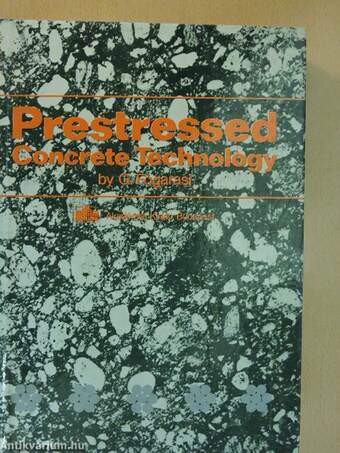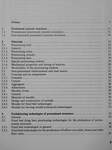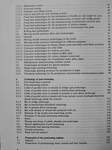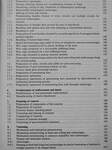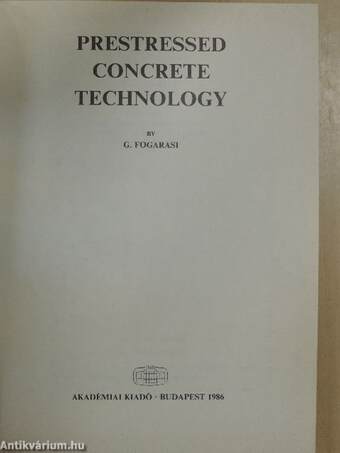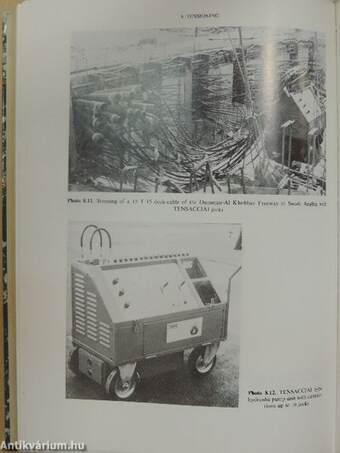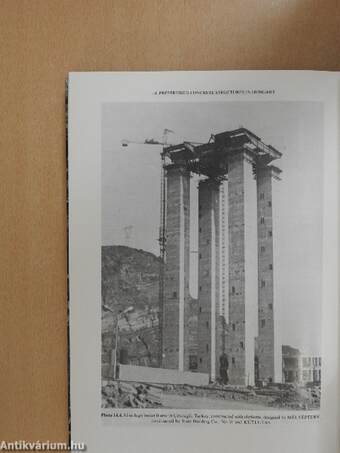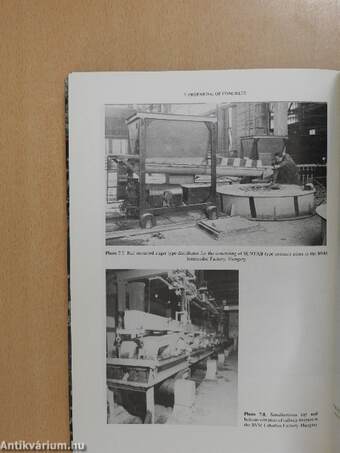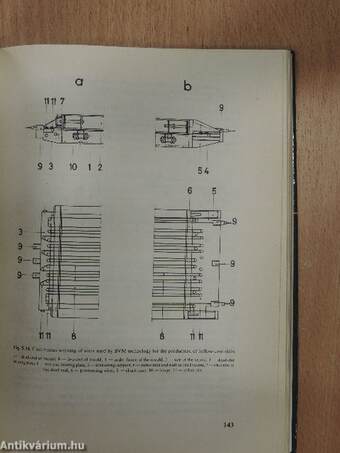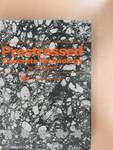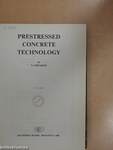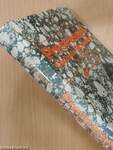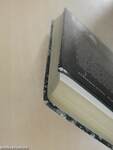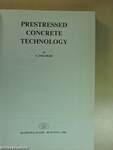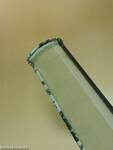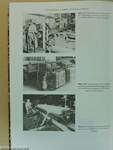1.067.317
kiadvánnyal nyújtjuk Magyarország legnagyobb antikvár könyv-kínálatát

VISSZA
A TETEJÉRE
JAVASLATOKÉszre-
vételek
Prestressed Concrete Technology
| Kiadó: | Akadémiai Kiadó |
|---|---|
| Kiadás helye: | Budapest |
| Kiadás éve: | |
| Kötés típusa: | Fűzött kemény papírkötés |
| Oldalszám: | 416 oldal |
| Sorozatcím: | |
| Kötetszám: | |
| Nyelv: | Angol |
| Méret: | 24 cm x 17 cm |
| ISBN: | 963-05-4206-4 |
| Megjegyzés: | Fekete-fehér fotókkal és illusztrációkkal. |
naponta értesítjük a beérkező friss
kiadványokról
naponta értesítjük a beérkező friss
kiadványokról
Fülszöveg
Dr Gyula F. FOGARASI was born in Bucharest in 1937. In 1955, he finished his studies in civil engineering at the College of Technology in Budapest. In 1960, he took his degree at the Faculty of Civil Engineering of the Technical University of Budapest, majoring in structural engineering and reinforced concrete design. He did his Ph D. (Eng.) at the Technical University of Budapest on the topic "Welded reinforcements for concrete structures". After two years of practice in the field of construction at the KÉV-METRO Construction Company he was employed as a structural designer at IPARTERV, the Institute for Industrial Design. Since 1966, he has been working at the BVM Concrete and Reinforced Concrete Works as head of the specialized departments of structural design, technical development, and later of marketing. He has held lectures at congresses and conferences, as well as in universities in different countries and continents. Besides dozens of technical papers published in English,... TovábbFülszöveg
Dr Gyula F. FOGARASI was born in Bucharest in 1937. In 1955, he finished his studies in civil engineering at the College of Technology in Budapest. In 1960, he took his degree at the Faculty of Civil Engineering of the Technical University of Budapest, majoring in structural engineering and reinforced concrete design. He did his Ph D. (Eng.) at the Technical University of Budapest on the topic "Welded reinforcements for concrete structures". After two years of practice in the field of construction at the KÉV-METRO Construction Company he was employed as a structural designer at IPARTERV, the Institute for Industrial Design. Since 1966, he has been working at the BVM Concrete and Reinforced Concrete Works as head of the specialized departments of structural design, technical development, and later of marketing. He has held lectures at congresses and conferences, as well as in universities in different countries and continents. Besides dozens of technical papers published in English, Germán, French, Hungárián, Russian and Serbo-Croatian, he is the author of the Hungárián handbook "The technology of the prestressing reinforcement", and co-author of the books "Welded reinforcement for reinforced concrete structures" and "Connections of precast concrete members", as well as other textbooks of the Technical University, Budapest. i G. FOGARASI PRESTRESSED CONCRETE TECHNOLOGY This is the first book in the world summarizing the most interesting technology of pretensioned and post-tensioned concrete and reinforced concrete structures. The author has been engaged for more than a quarter of a century in the design, erection and precasting of prestressed concrete structures and has spent 20 years with the BVM Concrete and Reinforced Concrete Works, the largest Hungárián precasting company with 14 factories. His international activity enabled him to study local methods of prestressing and precasting in numerous countries of Europe, Near and Far East, North and Middle Africa, and America. After distinguishing the most important structural types developed in the main areas of the world the book discusses the basic materials and the main types of moulds used in production. ¦ Chapter 3 gives a comprehensive account of the fixed and rolling bed, moving mould, conveyor and special types of prefabricating technologies of pretensioned structures, i.e.: T, TT, solid and holloW' core slabs, beams and girders, piles, railway sleepers and track slabs, transmission poles, pipes, etc., from all over the world. Chapter 4 gives a similar account of post-tensioning technologies and systems throughout the world. " \ Chapters 5, 6 and 7 introduce the preparatory operations of prestressing tendons, non-prestressed reinforcement and inserts as well as concrete. Mechanical pretensioning in fixed bed and in moving mould conveyor technologies, draping and debonding, continuous, electrothermic and other types of pretensioning, tensioning, anchoring and restressing of post-tensioned structures and control of the rate of tensioning are illustrated with numerous international examples in Chapter 8. Curing of concrete, detensioning, dismantling, handling and storage of prestressed structures, grouting of post-tensioned structures as well as a comprehensive quality control system are presented in Chapters 9-12. Safety measures for pretensioning and post-tensioning are summarized in Chapter 13. Finally, the book gives a comprehensive review of prestressing in Hungary. Nearly two hundred drawings, two hundred photos and dozens of tables, illustrating technologies from West, East and South, give an international character to this unique handbook. VisszaTémakörök
- Idegennyelv > Idegennyelvű könyvek > Angol > Műszaki
- Idegennyelv > Idegennyelvű könyvek > Angol > Művészetek > Építészet
- Műszaki > Ipar > Építőipar > Építőanyagok
- Művészetek > Építészet > Idegen nyelv > Angol
- Művészetek > Építészet > Építőanyagok > Vasbeton
- Művészetek > Építészet > Épületek > Épületszerkezetek
- Műszaki > Ipar > Építőipar > Egyéb
- Műszaki > Idegennyelv > Angol
- Műszaki
- Műszaki > Lexikonok, kézikönyvek



